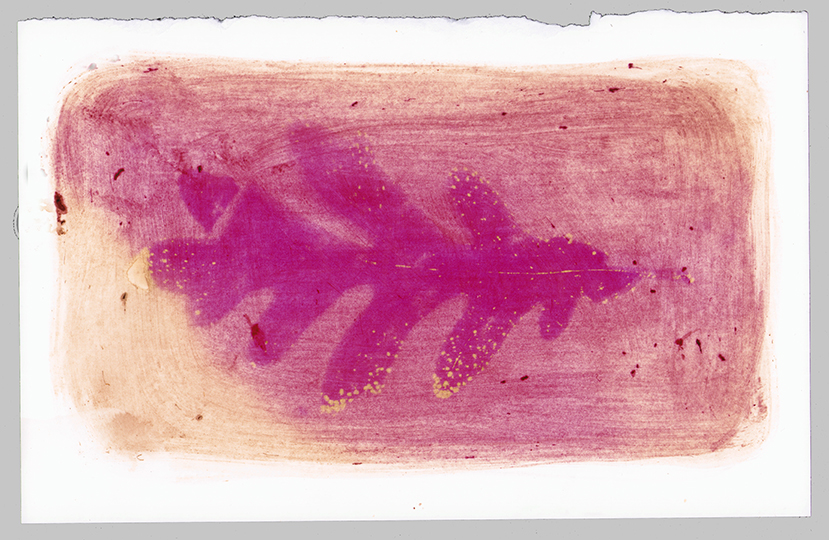
Pokeberry (Phytolacca americana L.) otherwise known as; pokeweed; poke, poke salit, pigeonberry; inkberry; redweed or red ink plant, is the plant that I am most drawn to at Samhain. I am not usually one to say that I am drawn to plants, but pokeberry always calls to me in the fall. It’s deep purple, almost black, berries ripen in September and October. All parts of the plant are poisonous, yet the berries appear lucious and inviting. It’s a North American plant and has no direct connection to the Celtic traditions of Samhain. (Although, I celebrate Samhain in a secular nature based way so I am not worried about that.) It was, however, traditionally used by the Iroquois for bewitchment. It’s dark and mysterious and the perfect metaphor for this season.
The common name “poke” is derived from a traditional Algonquin name for the plant: puccoon, pocan, or poughkone. The toxic constituents which have been identified include the alkaloids phytolaccine and phytolaccotoxin. Pokeweed is poisonous to humans, dogs, and livestock. While poisonous to humans pokeweed is a host plant for the giant leopard moth and a favorite of birds. Ruby-throated hummingbirds enjoy the blossoms and small mammals forage its berries in winter. There is a long list of traditional medicinal uses, but interestingly it is currently being researched as a possible cancer treatment. Researchers have also discovered that pokeberry dye doubles the efficiency of fibers used in solar cells to absorb solar energy. Folklore suggests planting it around your home to repel negativity and its reputed magical properties include courage and protection. It is a plant of multifarious purpose. I think the duality of the pokeberry plant speaks to the complexity of Samhain.
This project uses pokeberries to make anthotypes. An anthotype is an image created using photosensitive material from plants under the influence of light. I usually think of anthotypes as a summer project, they require sun to make a print, but as soon as I learned to make them I knew I wanted to make one with pokeberry. Because the light is less direct this time of year, it took almost two weeks to fade the color, but I think the results are worth it. I used an oak leaf skeleton as my positive, partially for the simple play on words of making a “skeleton” and partially because it seemed like a perfect metaphor for the season. Leaves are dying. They decompose and feed the earth.

Pokeberry Anthotypes
You can find more detailed information about the anthotype process in my Summer Solstice book or in an article I wrote for Taproot Magazine.
Materials:
- pokeberry ink
- paintbrush
- watercolor paper
- leaf skeleton (I made my own by soaking a leaf in water, but it wasn’t as skeleton-y as I wanted)
- glass
Method:
Paint an even coat of pokeberry ink onto your paper and allow to dry out of direct light.
When you are ready to expose your anthoype, place you paper in a sunny location, position the leaf skeleton on top and cover with the glass.
Allow if to stay in direct sunlight until the exposed part of the paper has faded considerably. This can take weeks this time of year.
Once it looks faded remove the leaf skeleton. The paper it was covering will remain bright pink and now stand out from the faded areas. Scan or photograph your anthotype to preserve it.
